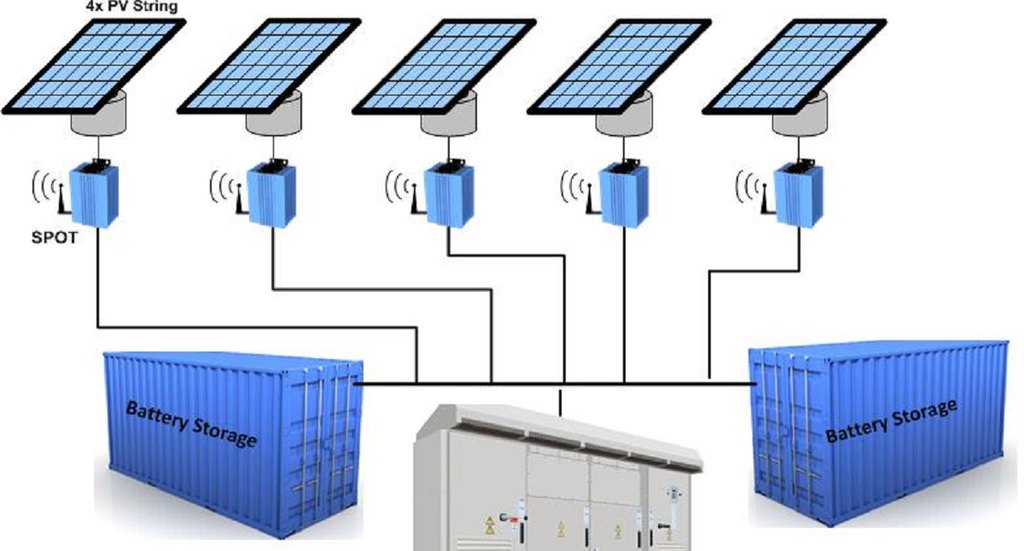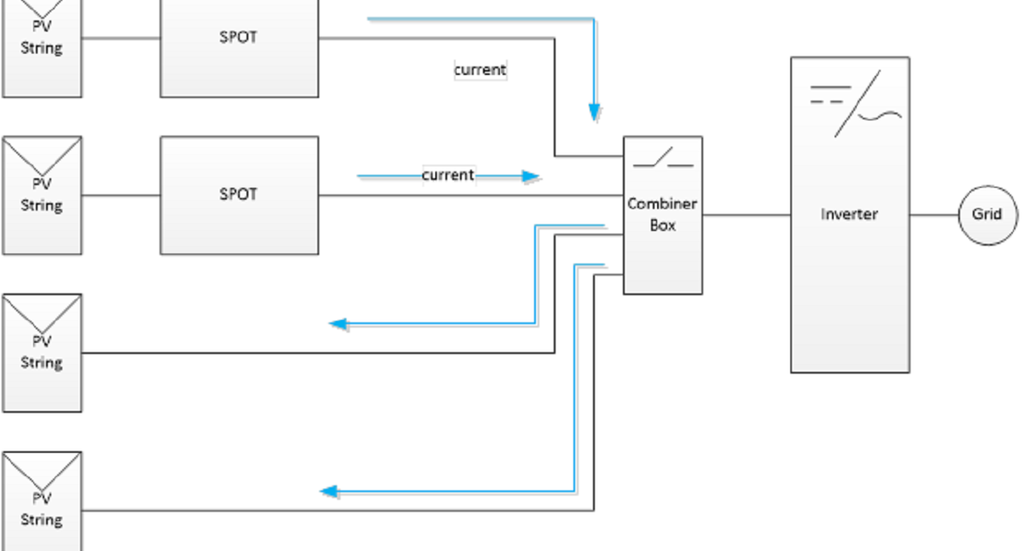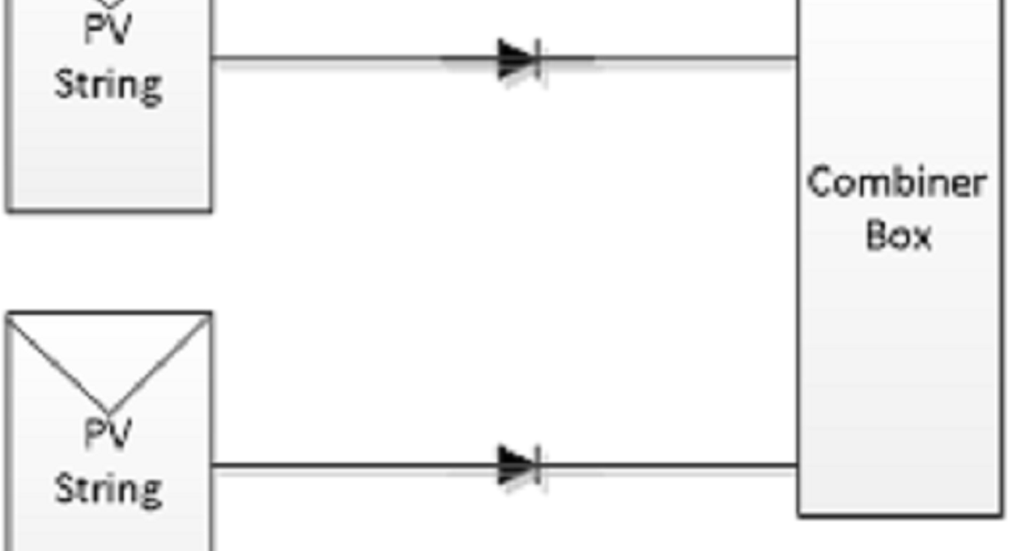
Avoiding Back Feed in PV Repowering and Solar + Storage
How to make sure power is always flowing where it should
When operating a PV plant, the goal is to of course get as much solar energy onto the grid or the connected load. In a PV only installation, this is generally a straight forward process. The sun hits the solar panels which in turn push energy through conduit through an inverter. In a DC-coupled Solar + Storage system, where a battery is installed in front of the inverter along with the PV, power can flow either directly to the grid through the inverter or to the battery where it can be stored and later discharged to the grid.
Clearly, in neither of these scenarios is the idea of actually pushing power back into the PV panels a desirable result. After all, panels are meant to generate power, not be charged. Pushing an electrical charge into a PV panel can damage the panel.
Unfortunately, in certain Solar + Storage or PV repowering situations, this damaging result can occur. As we here at Alencon tend to get involved in both of these applications quite a bit, we thought we would summarize our experience in avoiding the back feeding of power into PV panels.
Discharging Batteries at Night
One of the main benefits of DC-coupling Solar and Storage is that you can charge the batteries during the day from generation that might have otherwise been clipped by the inverter and then discharge that energy in the evening when the PV is not producing. However, when discharging the battery at night, if there is nothing standing between the DC-bus and the PV panels, you could inadvertently back feed that stored energy back into the PV panels.
PV Centric DC-DC optimizers like the Alencon SPOTs, which facilitate the DC-coupling of Solar + Storage by mapping the voltage from the PV to the batteries' charge-discharge voltage serve to block current from potentially being back fed into the panels when there is no solar at night and the batteries are being discharged. Such a topology is shown in figure 1 below. In the event you elected to DC couple your battery to solar and didn’t use DC-DC convertors installed between the PV and battery bus, but rather a battery centric DC-DC optimizer, you would want to install appropriately rated blocking diodes in series with the strings or combiners. Diodes assure power only flows one way. Such a configuration is shown in Figure 3 below.

Figure 1: PV Centric DC-DC Converters will eliminate the possibility of power being back fed into the PV panels at night in a DC-coupled solar + storage system.
The Partial Array Challenge
There are instances when plant owners approach us here at Alencon about installing SPOTs on only part of an array in order isolate a particularly underperforming part of the plant and save money by only having to do a partial retrofit. This can occur in situations where part of the array is experiencing abnormal shading or has perhaps suffered from significant module damage or failure. The SPOTs can improve performance in mismatch conditions by isolating underperforming strings and performing string level maximum power point tracking on them to assure they perform to the best of their ability.
However, when doing such partial retrofits, the possibility of back feed under certain circumstances is being introduced. For example, if the same combiner box which SPOTs and other non-SPOT connected strings is manually opened during operation, the SPOTs will continue to load the strings to which they are attached and may then potentially push power into the strings to which they are not attached since those panels are no longer connected to the DC bus. An easy solution in this case is just to install appropriately rated DC isolators between the SPOTs and the PV strings and make sure to open the isolators before opening the combiner.

Figure 2: Shows what back feed can look like when a combiner is opened with SPOTs on a partial array with no other protection.
Another opportunity for back feed to occur in such partial installs is if the inverter trips. In such a case, the voltage on the DC bus will collapse, but the SPOTs will continue to load the strings to which they are attached. To avoid back feed in such situations, you can set-up your SCADA system to shut down the SPOTs in the event this occurs by issuing a command directly to the SPOTs via the Modbus protocol. Alternatively, you can also install appropriately rated blocking diodes in series with individual strings or combined strings which do not have SPOTs connected to them.

Figure 3: Installing blocking diodes between the PV strings and DC bus can be a great way to eliminate the possibility of reverse bias being injected into the PV panels when installing SPOTs on a partial PV array as well as when using a battery centric DC-DC optimizer for DC coupling solar + storage.